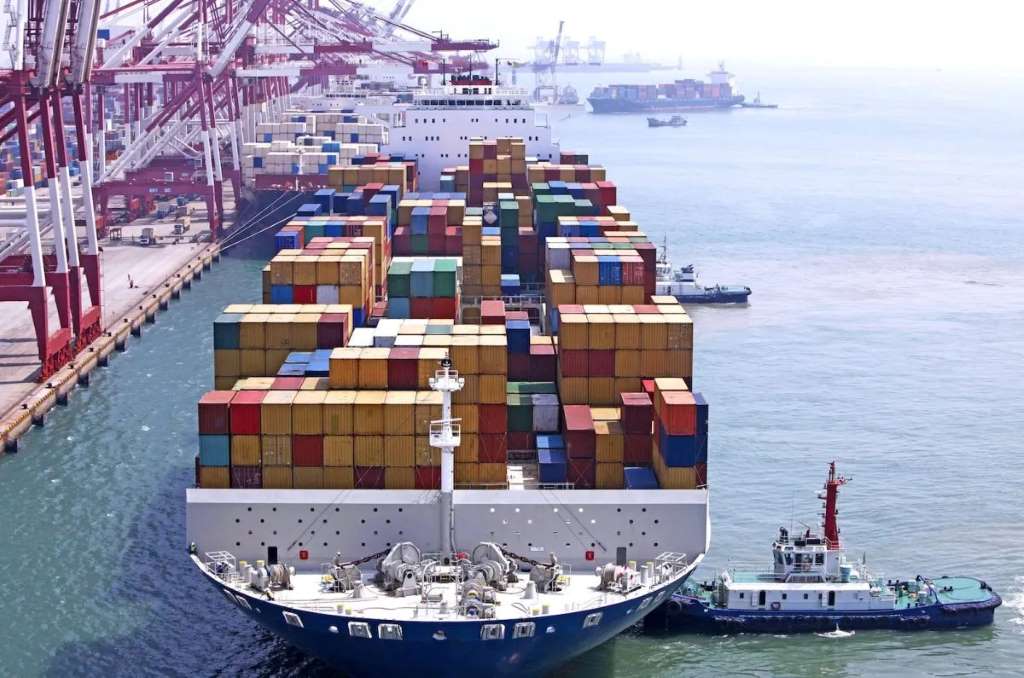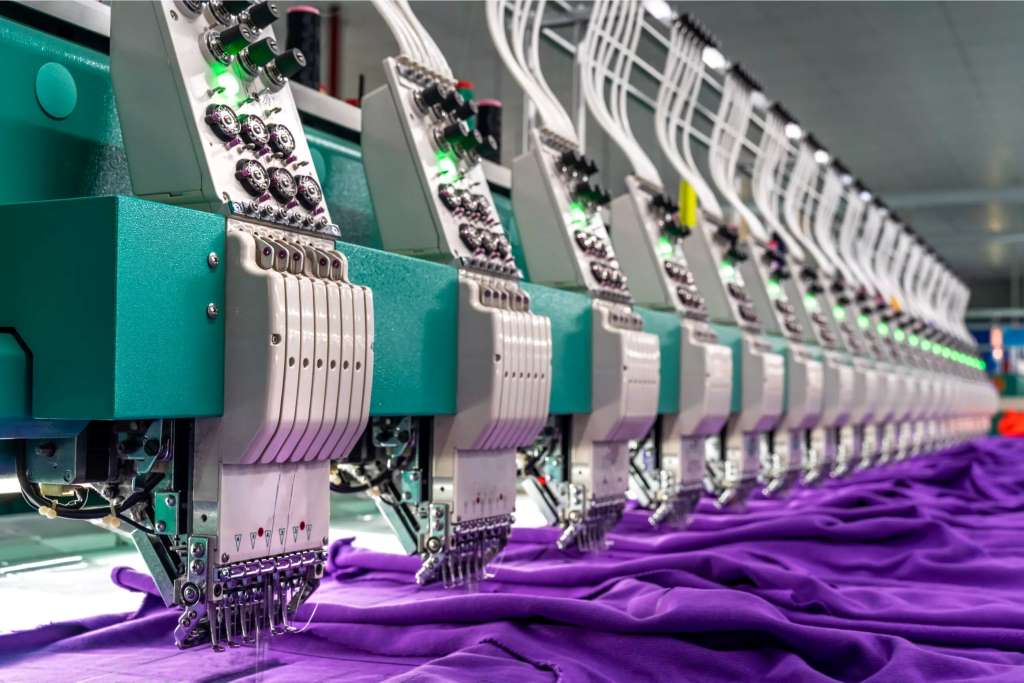Despite recording impressive growth figures in recent years, Vietnam’s textile and apparel sector has failed to become deeply involved in the global supply chain. Most domestic businesses in the sector outsource to foreign businesses. Although the nation has recorded a trade surplus in yarn and garments, it has suffered a hefty trade deficit in fabric and fiber. Domestic fabrics meet less than 50 per cent of the sector’s demand, forcing the country to import huge amounts of fabrics every year. Yarn output over the last 20 years has grown 12-fold. Local firms during 2019 produced over 2.5 million tons of yarn, of which exports reached more than 1.5 million tons, while fabric output also soared by six times. In spite of these strong figures, products supporting the garment and textile sector failed to meet demand, especially garment products for exports. The supporting industry has been unable to produce fabrics and raw materials that meet requirements regarding quality and diversification of goods.
If Vietnam is unable to meet the goods origin requirements under the Comprehensive and Progressive Agreement for Trans-Pacific Partnership, and the EU-Vietnam Free Trade Agreement, then it will face challenges when it comes to enjoying the preferential treatment from these free trade agreements.
Vietnam faces fabric and fiber deficit
- 1
- 2
- 3
- 4
- 5
- 6
- 7
- 8
- 9
- 10
Looming Iran-Israel conflict threatens to unravel global apparel trade
The already fragile global garment industry faces fresh challenges as tensions escalate between Iran and Israel. This adds another layer... Read more
Fabric Stock Services: A rising trend but not a replacement
The fashion industry is notorious for waste. Unsold garments and excess fabric often end up in landfills. Fabric stock services... Read more
CMAI’s FAB Show 2024 inaugurated with industry giants
The 4th edition of the Fabrics Accessories & Beyond Show 2024 (FAB Show), hosted by the Clothing Manufacturers Association of... Read more
Asian Apparel Exports: A tale of four tigers, one lagging behind
The apparel industry in Asia presents a fascinating picture of contrasting fortunes. While Bangladesh, Vietnam, and Sri Lanka have seen... Read more
Roberto Cavalli: A legacy of bold prints and unbridled glamour
Roberto Cavalli, the iconic Italian designer who passed away on April 12, 2024, leaves behind a rich legacy. Cavalli was... Read more
Candiani & Madh unveil first regenerative cotton jeans
In a move towards sustainable fashion, Swedish denim brand Madh has partnered with Italian producer Candiani Denim to introduce the... Read more
Uniqlo trims China footprint while chasing growth
Uniqlo's story in China is one of explosive growth. Entering the market in 2002, it capitalized on the country's rising... Read more
Chinese Polyester Exports on Shaky Ground: Boom or bust for global market?
Polyester product exports from China, a major global supplier, have dipped in the first two months of 2024, raising concerns... Read more
Sustainable Stitches: Shirt industry sews a greener future with eco-fibers
The cotton shirt, a wardrobe staple for generations, is facing a new challenge: man-made fibers (MMF). This shift in the... Read more
FY25 outlook brightens for Indian textiles sector: Systematix
In a recent panel discussion organized by Crisil, titled 'Upstream textiles sector: Threads of promise', industry experts provided insights into... Read more












